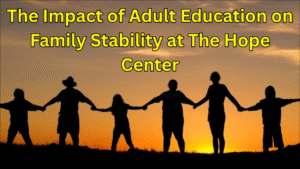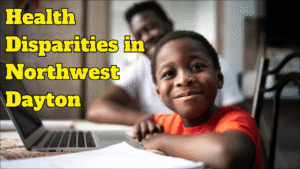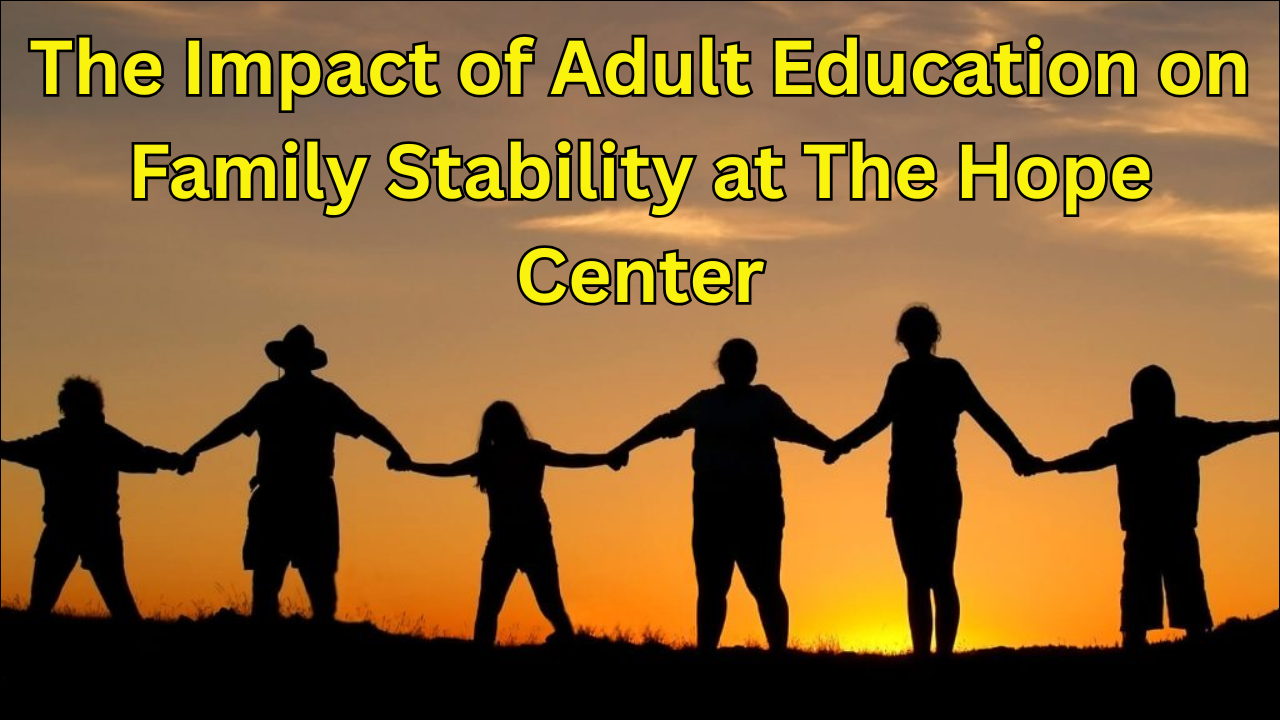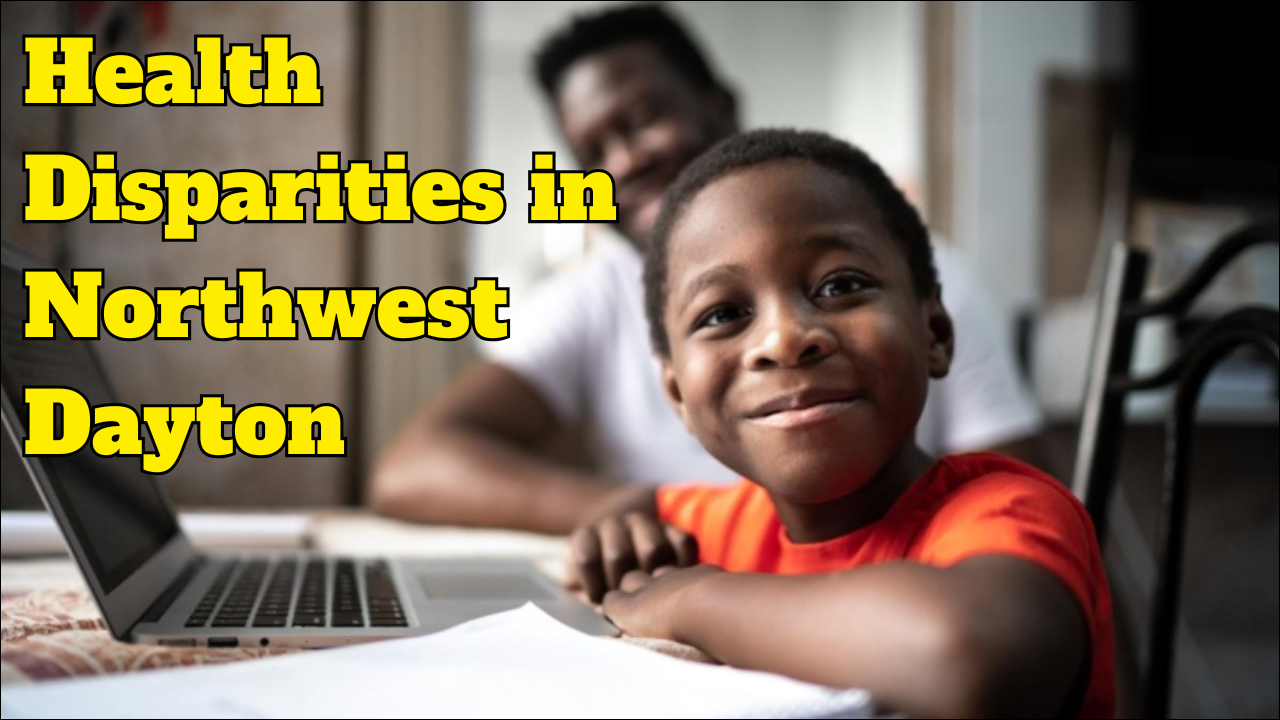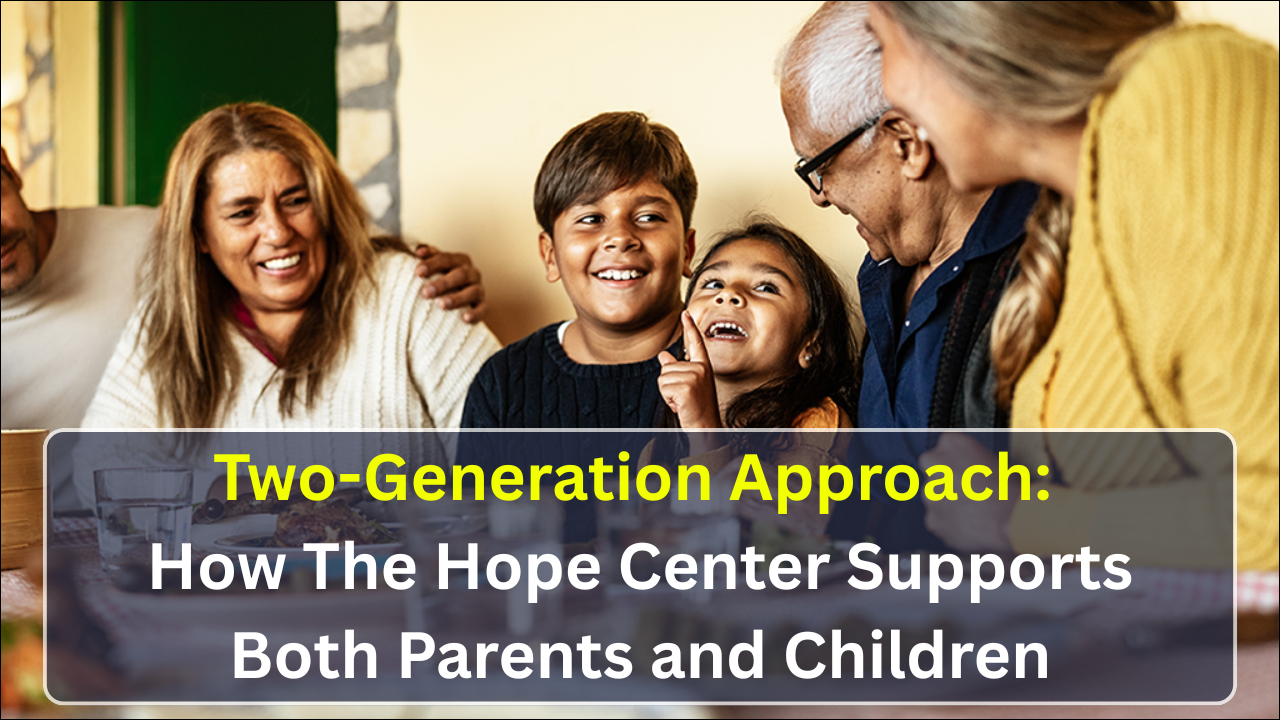
Access to healthcare plays a vital role in shaping educational outcomes for children and adolescents. Healthy students are better able to focus, engage in learning, and reach their academic potential. Organizations like The Hope Center for Families demonstrate how integrating healthcare services, including pediatric care, mental health support, and preventive wellness programs, directly influences student performance, attendance, and long-term educational achievement. Ensuring equitable access to healthcare reduces barriers to learning and strengthens communities.
Table of Contents
1. Physical Health and Academic Performance
Physical health is closely linked to a child’s ability to succeed in school.
- Routine pediatric care identifies and addresses illnesses, chronic conditions, and nutritional deficiencies.
- Preventive care, such as vaccinations and screenings, reduces absenteeism due to illness.
- Management of chronic conditions like asthma or diabetes enables consistent school participation.
- Nutrition programs support physical development, energy levels, and cognitive function.
Physical Health Services and Educational Outcomes
| Healthcare Service | Focus | Impact on Education |
|---|---|---|
| Routine Check-ups | Growth, illness monitoring | Early detection prevents learning disruptions |
| Immunizations | Disease prevention | Reduced school absences |
| Chronic Condition Management | Asthma, diabetes, allergies | Consistent attendance and performance |
| Nutrition Programs | Balanced meals and guidance | Improved energy, focus, and cognitive skills |
2. Mental Health and Cognitive Development
Mental health care supports emotional well-being and learning readiness.
- Early identification of anxiety, depression, or behavioral challenges enables timely interventions.
- Counseling services help students develop coping strategies and resilience.
- Family-based mental health programs improve home environments, reducing stress that affects school performance.
- Mental health support enhances concentration, memory, and social interaction in the classroom.
3. Preventive Care and Early Intervention
Access to preventive care ensures that health issues do not hinder educational development.
- Vision and hearing screenings detect impairments that could impact reading and communication skills.
- Developmental screenings identify learning or behavioral challenges early.
- Early interventions, including speech therapy or occupational therapy, improve long-term academic outcomes.
- Preventive health education empowers families to maintain children’s health and support learning.
4. Family and Community Health Support
Family health directly affects student educational outcomes.
- Healthy parents and caregivers can provide better supervision, structure, and academic support.
- Family wellness programs reduce stress, creating a stable home environment for learning.
- Access to healthcare for the entire family prevents disruptions caused by illness and financial strain.
- Community health initiatives, such as mobile clinics, increase access for underserved families.
Family Health Support and Student Achievement
| Program | Focus | Impact on Students |
|---|---|---|
| Parental Wellness Programs | Physical and mental health support | Increased parental engagement in education |
| Family Counseling | Stress and emotional management | Stable home environment conducive to learning |
| Preventive Health Education | Nutrition, hygiene, wellness | Reduced absenteeism and improved readiness |
| Community Clinics | Accessible healthcare services | Increased continuity of care and academic stability |
5. Chronic Illness and Learning Challenges
Children with untreated or poorly managed health conditions often face academic disadvantages.
- Frequent absences due to illness lead to gaps in learning and lower academic achievement.
- Fatigue, pain, or medication side effects reduce concentration and classroom participation.
- Behavioral or cognitive challenges associated with health conditions may require specialized support.
- Timely healthcare interventions help students remain engaged and meet learning milestones.
6. The Role of Schools in Healthcare Access
Schools and community centers play a vital role in bridging healthcare access gaps.
- School-based health centers provide on-site medical, dental, and mental health services.
- Coordination with pediatricians and community clinics ensures continuity of care.
- Health education integrated into curricula promotes preventive practices and healthy habits.
- Collaboration with organizations like The Hope Center ensures comprehensive support for students and families.
School-Based Health Initiatives and Academic Benefits
| Initiative | Service Provided | Academic Outcome |
|---|---|---|
| On-Site Clinics | Medical check-ups, vaccinations | Reduced absenteeism and improved focus |
| Mental Health Counseling | Therapy and stress management | Enhanced emotional readiness for learning |
| Health Education Programs | Nutrition, hygiene, and disease prevention | Better health habits and cognitive performance |
| Screening Programs | Vision, hearing, and developmental assessments | Early intervention and improved learning outcomes |
7. Socioeconomic Considerations
Access to healthcare mitigates disparities that impact educational outcomes.
- Low-income families often face barriers such as cost, transportation, and lack of insurance.
- Comprehensive community healthcare programs ensure that all children, regardless of socioeconomic status, receive necessary care.
- Improved health equity contributes to reduced achievement gaps between students from different backgrounds.
- Holistic programs integrate health, nutrition, and educational support to maximize student potential.
8. Measuring Impact on Educational Outcomes
Evaluating the relationship between healthcare access and education is essential.
- Track school attendance, academic performance, and graduation rates.
- Monitor health indicators such as chronic condition management, immunization compliance, and preventive care participation.
- Assess student engagement, social-emotional well-being, and behavioral outcomes.
- Collect family and teacher feedback to evaluate program effectiveness.
Healthcare Access and Educational Metrics
| Metric | Measurement | Impact on Students |
|---|---|---|
| Attendance Rate | Days present vs. absent | Improved consistency in learning |
| Academic Performance | Grades, standardized test scores | Enhanced cognitive outcomes |
| Health Status | Screenings, chronic condition management | Reduced learning barriers |
| Social-Emotional Well-being | Behavioral assessments, counseling outcomes | Improved classroom participation |
9. Long-Term Benefits of Healthcare Access
Providing children with access to healthcare has far-reaching educational and societal benefits.
- Healthy children achieve higher academic success and are more likely to pursue higher education.
- Improved cognitive and social development enhances workforce readiness in the long term.
- Families experience reduced stress and increased stability, supporting continued educational engagement.
- Communities benefit from a healthier, more educated population capable of contributing to economic and social growth.
Parting Insights
Access to healthcare is a fundamental determinant of educational outcomes, influencing attendance, cognitive development, and overall student well-being. Programs provided by institutions like The Hope Center for Families and Dayton Children’s Hospital demonstrate that integrating healthcare services with educational support strengthens children, families, and communities. Ensuring equitable healthcare access allows children to thrive academically, reduces disparities, and lays the foundation for lifelong success, benefiting individuals and society as a whole.

